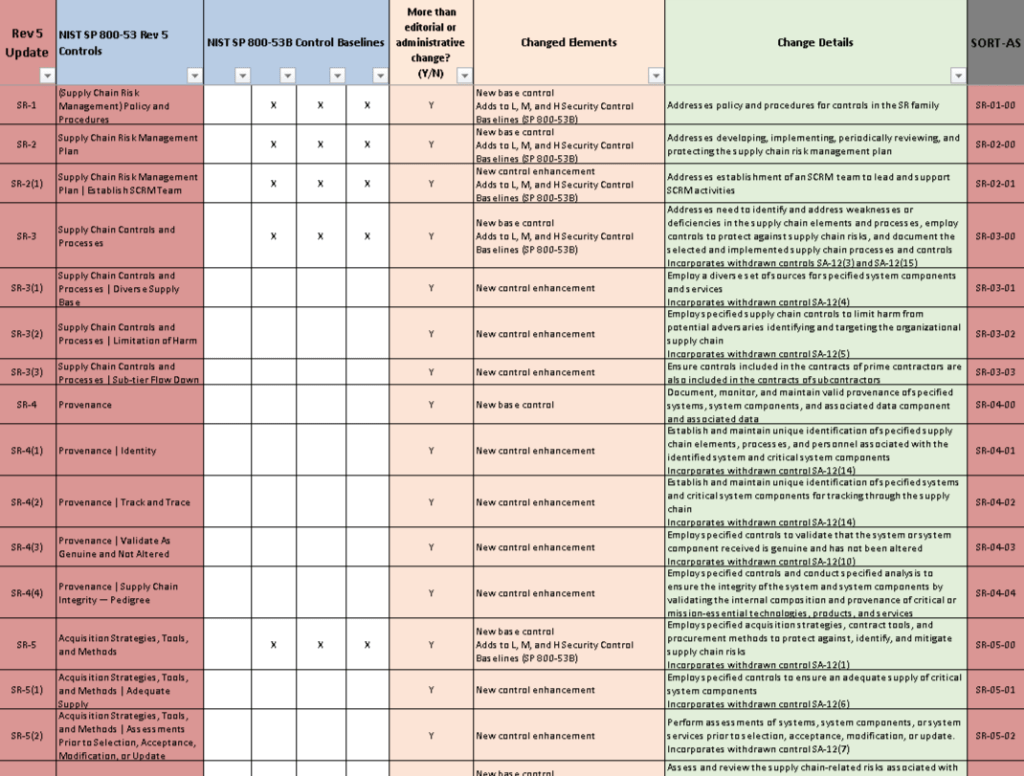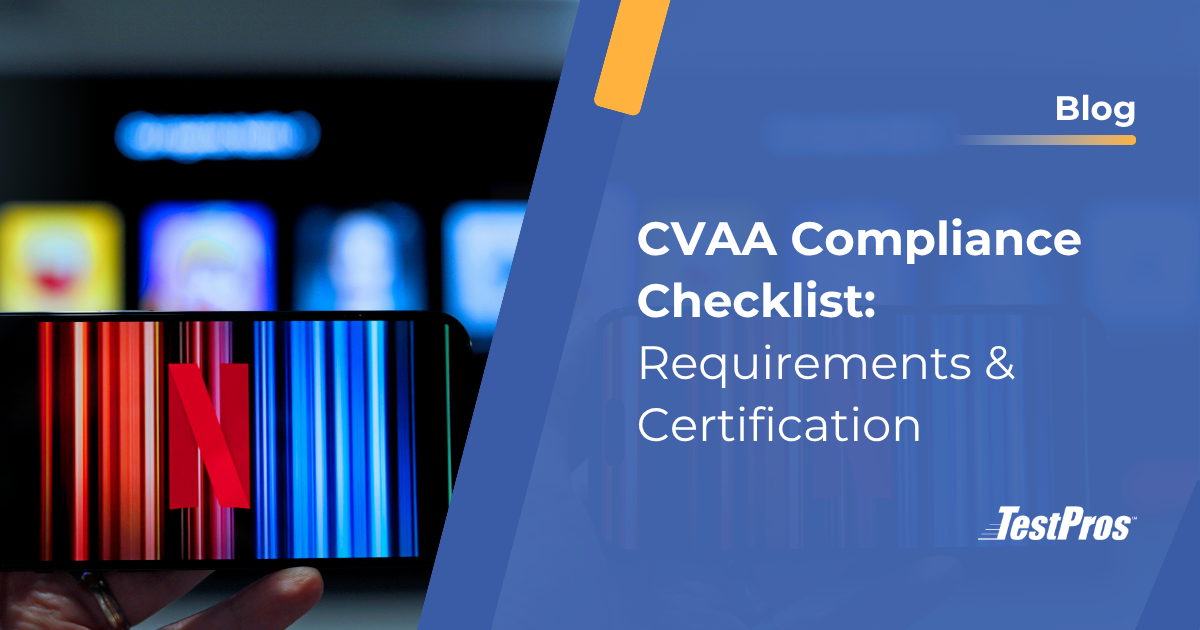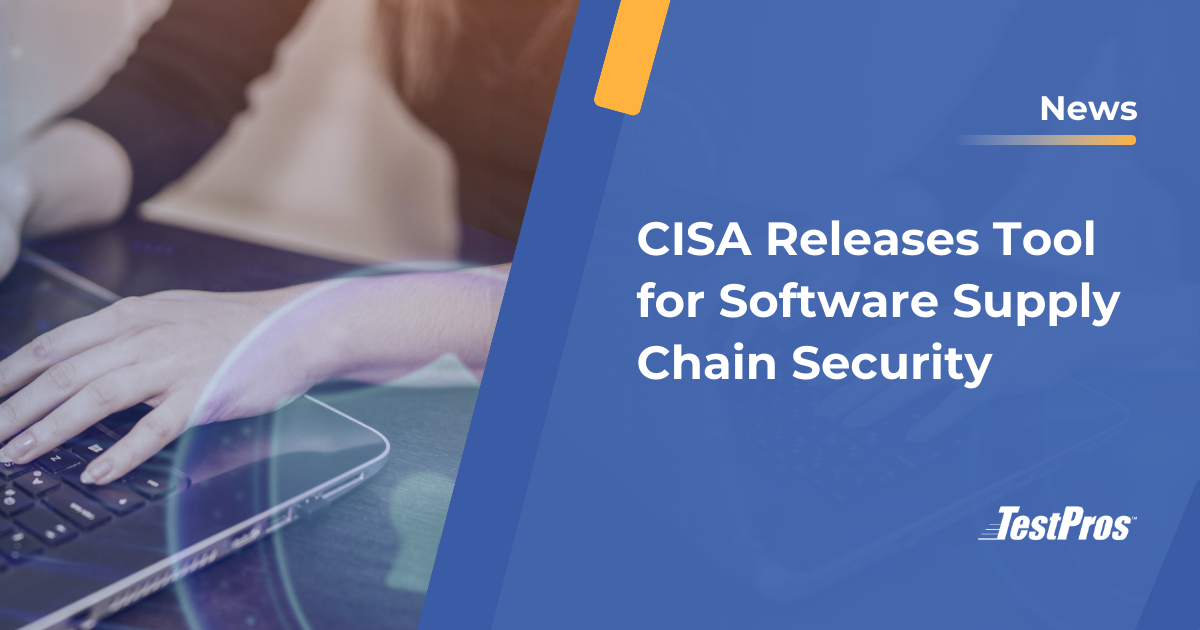Cybersecurity standards play a pivotal role in establishing a structured and systematic approach to risk mitigation. It does this by providing comprehensive guidelines, best practices, and a universal language for securing information systems and networks on a global scale. Notably, NIST Special Publication 800-53 is utilized as a government-approved standard that serves as a critical foundation for organizations. This publication offers a meticulously structured framework aimed at preserving the confidentiality, integrity, and availability of sensitive data and critical infrastructure within organizations.
As technology continues to evolve, new cyber threats continue to appear, and computers continue to be pushed to the edge, it is imperative that cybersecurity standards adapt to meet the new demands. Integrating NIST’s structured guidance for cybersecurity defensive measures significantly enhances an organization’s ability to safeguard its assets and effectively respond to challenges.
What is NIST SP 800-53 Rev. 5?
NIST SP 800-53 Rev. 5 “Security and Privacy Controls for Information Systems and Organizations” represents the latest benchmark for how organizations should approach the implementation and upkeep of cybersecurity practices. It goes beyond the mere checkbox approach to compliance. Instead, it directly influences the security posture, its ability to withstand evolving threats, and most importantly, safeguard sensitive data and critical infrastructure.
NIST SP 800-53 Rev. 5 was officially released on September 23, 2020. Due to the sheer number of changes in Revision 5, many organizations have been slow to officially make the transition. Revision 5 is more than just an update. According to the NIST Computer Security Resource Center, the publication has added 66 new base controls, 202 enhancements, 131 new parameters to existing controls, and has put more emphasis on the concept of privacy in the form of 2 additional control families. These 2 additions are Personally Identifiable Information Processing and Transparency (PT) and Supply Chain Risk Management (SR).
Differences between Rev 4 and Rev 5
Revision 5 is more focused on outcomes with clear concise language, whereas the fourth revision focused on the impact. This can be viewed as the official transition from a compliance-driven approach to more of a performance-based approach. The goal is to focus efforts on effectiveness and improvements and not just simply meeting the compliance standards. This process involves a proactive approach to continuously assess and ensure security measures are aligning with evolving threats and technologies.
By embracing a performance-based paradigm, organizations can deploy resources strategically and prioritize security initiatives based on identified risks.
Furthermore, aside from the focus on outcomes, the revised edition places a significant emphasis on fostering effective team collaboration while also providing different wording for the various roles personnel are expected to fulfill. In Revision 4, descriptions of roles and personnel were often articulated with a level of specificity that posed challenges for contractors and public sector entities seeking to implement these standards. In practice, many found that these roles did not align with their unique operations, necessitating corrective verbiage for specific situations. Revision 5 alleviated this by returning the focus to outcomes rather than dwelling on the intricate nuances of roles. The adjustment streamlined the application of standards, enhancing the adaptability and relevance across diverse organizational scenarios.
A prime example of these types of changes is within the Policy and Procedures sections in each of the control families. Notably, the authors have introduced language such as “consistent with applicable laws, executive orders, directives…” as well as “designate an [organization-defined official] to manage the development, documentation, and dissemination…” These specific linguistic adaptations facilitate a broader understanding and application of the standards, rendering them more accessible to a diverse range of organizations seeking to adhere to these guidelines.
Benefits of Utilizing NIST SP 800-53 Rev 5
NIST is a highly respected authority in the field of cybersecurity and is widely accepted on a global scale. It offers publicly available guidance with continuous updates and allows for flexibility with other NIST frameworks such as the Risk Management Framework (RMF). It helps create a cohesive approach to cybersecurity and compliance in a wide range of organizations.
NIST SP 800-53 Revision 5 provides a comprehensive and well-defined set of security controls featuring a wide set of security domains. Now complete with 20 control families, the in-depth guidelines push organizations to take accountability for their cybersecurity health posture and create strategies to not only adhere to these controls but also proactively anticipate and mitigate cyber threats and vulnerabilities as they arise.
According to NIST, companion guidelines such as NIST 800-53A Rev 5 provide a methodology and set of procedures for conducting assessments of security and privacy controls employed within systems and organizations within an effective risk management framework. The assessment procedures, executed at various phases of the system development life cycle, are consistent with the security and privacy controls in NIST Special Publication 800-53, Revision 5. The procedures are customizable and can be easily tailored to provide organizations with the needed flexibility to conduct security and privacy control assessments that support organizational risk management processes and are aligned with the stated risk tolerance of the organization. Information on building effective security and privacy assessment plans is also provided with guidance on analyzing assessment results.
Organizations that have implemented a government-endorsed cybersecurity standard, such as NIST, and have attained compliance recognition from authorized officials, may have enhanced collaboration opportunities with select vendors as well as foster stronger relationships with clientele. Third-party entities can rest assured that the organization’s data and infrastructure adhere to rigorous security protocols, thus reducing the likelihood of security threats or adversarial actions impacting operations.
Final Thoughts
NIST SP 800-53, in its latest iteration, not only offers a comprehensive and adaptable framework for addressing contemporary cybersecurity challenges but also reflects the growing importance of privacy and supply chain security. Organizations adhering to previous versions of NIST SP 800-53 risk introducing critical gaps in their cybersecurity strategies, inadvertently leaving vulnerabilities exposed to potential adversarial exploitation.
Embracing the updated framework, with the assistance of experts like TestPros, can help in seamlessly adopting Rev. 5 and represents an imperative step towards building cybersecurity defenses and safeguarding critical assets against the relentless wave of cyber adversaries that are happening worldwide.
To learn more about the compliance process, refer to our step-by-step checklist here.






